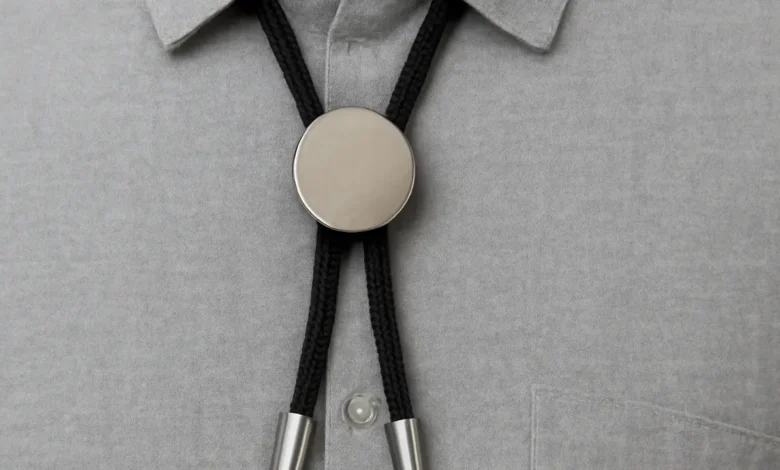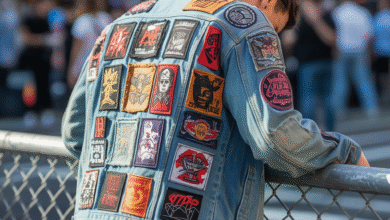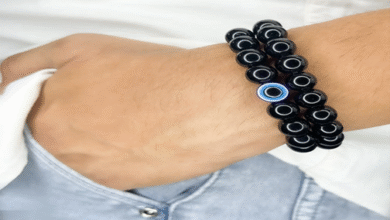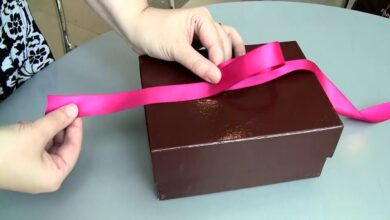Sweat Resistant Bolo Ties – The Modern Accessory for Comfort and Durability

Bolo ties have long been a symbol of Western fashion, individuality, and timeless style. Traditionally made with leather cords and decorative metal slides, they’ve adorned the necks of cowboys, ranchers, and even presidents. However, as fashion evolves and practicality becomes increasingly critical, an innovation has emerged in the accessory world: sweat resistant bolo ties. These modern versions retain the iconic Western charm while offering enhanced comfort, durability, and resistance to the effects of sweat, moisture, and everyday wear and tear. In this article, we will explore everything you need to know about sweat resistant bolo ties, including their history, materials, design features, styling tips, and why they’re becoming a popular choice for both traditionalists and contemporary fashion enthusiasts.
The Origins of Bolo Ties
Before diving into sweat-resistant bolo ties, it’s essential to understand the origins of this accessory. Bolo ties first appeared in the mid-20th century and are often credited to Victor Cedarstaff of Wickenburg, Arizona, who patented the design in the late 1940s. With their combination of a cord, a decorative clasp, and metal tips, bolo ties quickly became a staple in Southwestern fashion.
They later gained popularity across the U.S. and even internationally, symbolizing rugged independence and unique self-expression. States like Arizona, New Mexico, and Texas went so far as to designate the bolo tie as their official state neckwear.
Why Sweat Resistant Bolo Ties Are Needed
Traditional bolo ties were typically made with untreated leather cords, brass or silver slides, and natural stones. While stylish, these materials aren’t always practical for everyday wear—especially in hot or humid climates. Leather absorbs sweat, metal can tarnish or discolor, and natural stones may lose their polish when exposed to moisture.
This is where sweat-resistant bolo ties come in. By using innovative materials and coatings, these ties solve common problems such as:
- Leather staining or cracking due to moisture absorption.
- Metal corrosion or tarnishing from sweat exposure.
- Slipping slides that fail to stay in place when skin becomes damp.
- Discomfort caused by cords that don’t dry quickly.
Materials Used in Sweat Resistant Bolo Ties
The most significant difference between regular bolos and sweat resistant bolo ties lies in their materials. Manufacturers have introduced a variety to ensure durability and comfort.
Cords
- Nylon or Paracord: Hydrophobic, quick-drying, and easy to clean. These cords are flexible yet strong, making them ideal for active wearers.
- Sealed Leather: Leather treated with acrylic sealants, such as Resolene, which makes it resistant to water and sweat without compromising its traditional look.
Slides
- Stainless Steel: Highly resistant to corrosion, tarnish, and discoloration, stainless steel is one of the best metals for sweat resistance.
- PVD-Coated Metals: Physical Vapor Deposition (PVD) coatings provide a scratch-resistant, sweat-proof surface in various finishes (gold, black, or chrome).
- Silicone Inserts: Some modern bolo ties utilize silicone-lined slides or beads to prevent the clasp from slipping, even in the presence of sweat.
Tips and Pendants
- Stainless or Titanium Tips: Long-lasting and resistant to corrosion.
- Non-porous Stones (Quartz, Jasper, Agate): Less likely to absorb sweat and easier to clean compared to softer stones like turquoise or opal.
The Advantages of Sweat Resistant Bolo Ties
Sweat resistant bolo ties offer multiple benefits for both style and practicality.
- Durability: They last longer than traditional bolos when worn frequently.
- Comfort: Quick-drying cords prevent sticky or damp sensations around the neck.
- Low Maintenance: No need for constant polishing or conditioning.
- Versatility: Sweat resistant materials make them suitable for outdoor events, daily wear, and even high-energy activities.
- Fashion Forward: Modern designs blend Western tradition with contemporary style, appealing to a broader audience.
Styling Sweat Resistant Bolo Ties
While sweat resistant bolo ties are engineered for practicality, they remain a fashionable accessory. Here are some styling ideas:
Western Classics
Pair your bolo with a crisp button-down shirt, cowboy boots, and a wide-brimmed hat for the timeless cowboy look. The sweat resistant features ensure comfort during rodeos, country fairs, or outdoor concerts.
Business Casual
Modern stainless steel or minimalist designs make bolo ties suitable for office settings. A sweat resistant bolo tie with a sleek slide can be paired with a blazer or sports coat for a bold yet professional statement.
Urban Streetwear
Fashion-forward designers have begun incorporating bolo ties into streetwear looks. When made sweat resistant, they can be layered over T-shirts or worn with casual jackets without fear of sweat damage.
Formal Occasions
For weddings or upscale events, sweat resistant bolo ties with gemstone or PVD-coated slides add elegance without the worry of tarnish or stains.
Care and Maintenance of Sweat Resistant Bolo Ties
Even though sweat resistant bolo ties are designed to be low maintenance, a few simple care tips will ensure longevity:
- Rinse after heavy sweat exposure: Wipe the cord and slide with a damp cloth.
- Air dry properly: Never store items while they are still damp.
- Condition sealed leather occasionally: If your bolo features sealed leather, maintain the protective layer by applying an acrylic sealer periodically.
- Avoid harsh chemicals: Perfumes, sunscreens, or bug sprays can still damage metals and stones.
DIY Sweat Resistant Bolo Ties
For enthusiasts who enjoy creating their accessories, building sweat-resistant bolo ties is entirely possible. All you need are:
- Paracord or sealed leather lace for the cord.
- Stainless steel or PVD-coated slide for sweat resistance.
- Decorative pendant or bead made from non-porous stone or stainless steel.
- Titanium or stainless tips to complete the look.
Adding a silicone bead to the inside of the slide can enhance grip, making it both functional and stylish.
Why Sweat Resistant Bolo Ties Are Gaining Popularity
The resurgence of bolo ties in fashion—spotted on runways, music artists, and influencers—has brought attention back to this classic accessory. In today’s world, where practicality and fashion go hand in hand, sweat resistant bolo ties provide the perfect blend of style and function. They appeal to:
- Traditionalists who want the cowboy look without the hassle of leather damage.
- Professionals seeking unique, sweat-proof accessories for everyday wear.
- Fashion enthusiasts who appreciate bold, statement pieces with modern durability.
Conclusion: Sweat Resistant Bolo Ties for the Future of Fashion
Bolo ties have always been more than just accessories—they are cultural icons and symbols of individuality. With the innovation of sweat resistant bolo ties, this timeless piece of Western heritage has entered the modern age. By combining traditional aesthetics with advanced materials, such as nylon cords, stainless steel slides, and sweat-proof finishes, these ties offer unmatched comfort and durability.
You May Also Read: Webfreen.com Fashion: Where Style Meets Affordability and Sustainability




